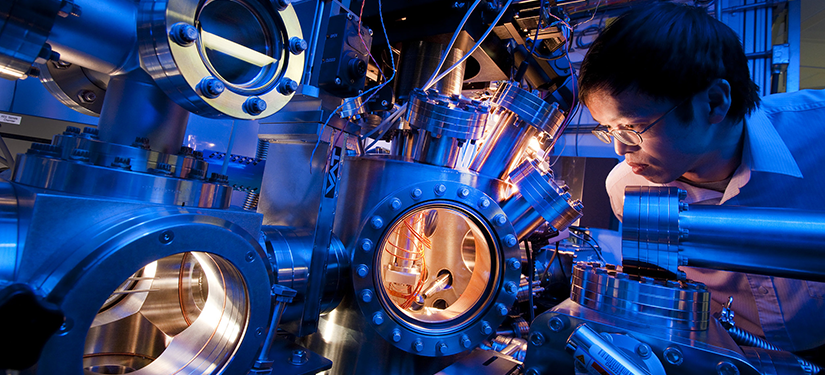
Adjustable magnetic materials discovery set to challenge rare earth elements
Mike Edwards
News People in Process adjustable Canadian Light Source CLS magnetic materials rare earth elements REIXS beamline UBC University of Saskatchewan
Researchers from the University of British Columbia (UBC) have discovered a new material made of common elements that may one day make our everyday electronics, such as cellphones, cheaper and more environmentally friendly.
The REIXS beamline of the Canadian Light Source (CLS) at the University of Saskatchewan in Saskatoon, was a critical tool in quantifying the material’s behaviour, said lead researcher Alannah Hallas.
“We’ve recently discovered a family of materials that have an exciting property of having very adjustable magnetic properties,” said Hallas, an assistant professor in the Department of Physics and Astronomy at UBC in Vancouver.
“Magnetic materials are super important because they are the backbone of many modern technologies.”
The material discovered by Hallas is known as a high-entropy material, meaning that it is composed of a disordered mixture of five or more elements. While entropy, or the disorder of a system, is usually considered a disadvantage, this new material proved to have useful properties such as its adjustable magnetism.
The research, conducted through UBC’s Stewart Blusson Quantum Matter Institute, involved creating the material under high heat and rapidly cooling it to create a disordered crystal lattice. This disorder was then imaged at the CLS.
Mario González-Rivas, a PhD candidate working on the project, says making the high-entropy crystals was not the most difficult part of the experiment. Rather, the challenge was finding the optimal level of disorder.

Mario González-Rivas, a PhD candidate working on the project at the Stewart Blusson Quantum Matter Institute.
“There’s a fair amount of optimizing to do . . . (but) the method we describe in the paper is scalable and is industrially relevant,” he said.
The team’s breakthrough is important because many magnetic materials for high-tech products are made from rare earth elements — which are relatively rare. They are also difficult to mine and to purify.
“This type of research could be promising for any application that needs magnetic materials,” added Hallas. “Just by changing the ratios of the atoms, we can elicit a wide range of behaviours and strengths.”
While the field of high-entropy materials is relatively new — having first appeared in scientific literature in 2015 — significant strides are already being made, including from the Hallas team with help from the CLS.
“This is the experiment that made it possible for us to quantify that entropy in these materials,” she said.
Top: Senior scientist Feizhou He with the REIXS beamline of the Canadian Light Source at the University of Saskatchewan in Saskatoon, a critical tool in quantifying the magnetic material’s behaviour.
Print this page
